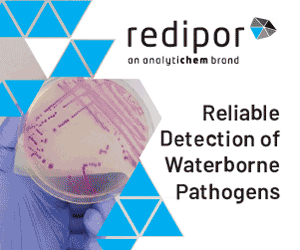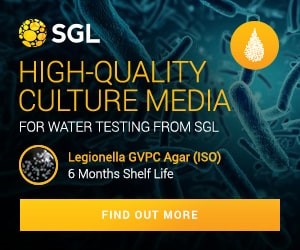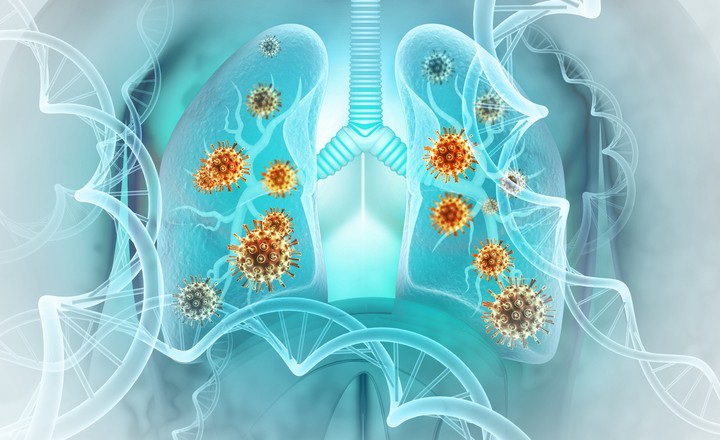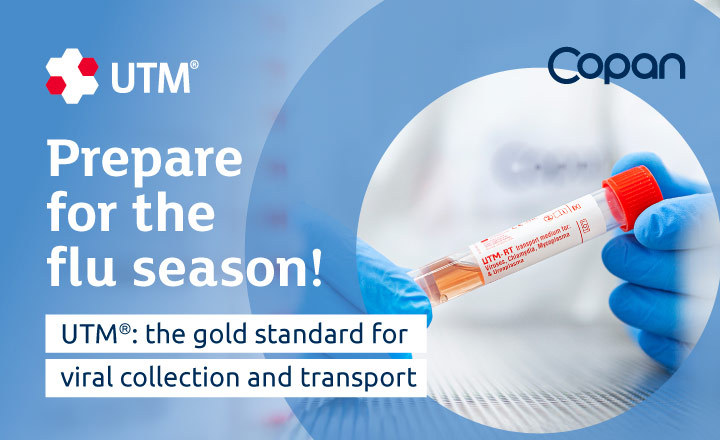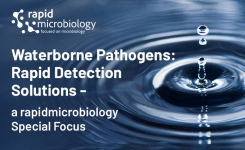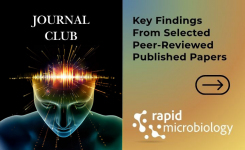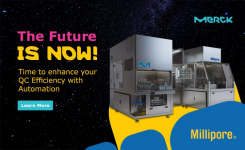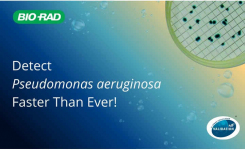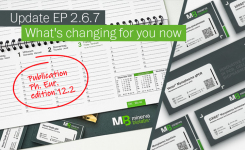Why This Matters:
- Diagnosing respiratory infections is challenging as many viral and bacterial pathogens cause overlapping clinical syndromes yet differ markedly in morbidity, mortality, and treatment requirements.
- Rapid, accurate syndromic PCR panels can improve clinical decision-making by enabling targeted therapy, reducing unnecessary antibiotic use, and strengthening infection-control responses; however, the high cost of fixed, broad panels limits accessibility for many patients and institutions.
- The LIAISON PLEX Respiratory Flex Assay offers a more economical alternative through its customizable multiplex design, allowing laboratories to build targeted panels aligned with local epidemiology, seasonal trends, and budget constraints - potentially improving diagnostic value while mitigating cost barriers.
Key Findings: Gonzalez et al. (2025) report on a multicenter (6 US sites) clinical evaluation of the LIAISON PLEX Respiratory Flex Assay, a customizable multiplex PCR assay designed to detect 14 viral and 5 bacterial respiratory pathogens in nasopharyngeal swabs (NPS).1 The assay was benchmarked against FDA-cleared and standard-of-care (SOC) molecular diagnostic platforms using 2,099 prospectively and retrospectively collected NPS specimens, assessing positive percent agreement (PPA), negative percent agreement (NPA), diagnostic accuracy, kappa coefficients, and discordance.
- 82.5% of prospective specimens, tested positive using the assay.
- Co-detections occurred in 11.4% (173/1,520) of positive outcomes, including dual co-detections in 87.3% (151/173) of cases, while 12.7% (22/173) involved three or more pathogens.
- For the bacterial targets (Chlamydia pneumoniae, Mycoplasma pneumoniae, Bordetella holmesii, B. parapertussis, and B. pertussis), the assay showed positive percent agreement (PPA) ranging from 92.3 % to 100 %, and a negative percent agreement (NPA) exceeding 99%, and diagnostic accuracy above 99.7%.
- For the 14 viral targets (Human Parainfluenza virus 1-4, RSV, hCoV, SARS-CoV-2, Influenza A, B (different subtypes inclus), Human Metapneumovirus, Human Enterovirus/ Rhinovirus, and Adenovirus), the PPA ranged from 90.3 % to 100 % and a NPA from 95.8 % to 100 %.
- Notably, Adenovirus, Influenza A and Influenza B achieved 100 % PPA.
- Key pathogens such as RSV and SARS-CoV-2 had diagnostic accuracies of 99.7 % and 99.0 %, respectively.
- High agreement with SOC assays (PPA up to 97.1%; κ = 0.81-0.97) and in some cases detected analytes missed by the comparator assays.
- The initial invalid rate was 4.8%, which dropped to 0.6% after retesting.
Bigger Picture: This study supports the concept that flexible multiplex syndromic panels can deliver high accuracy for respiratory pathogen detection in clinical settings. The LIAISON PLEX Respiratory Flex Assay offers a customizable option that can be tailored to the specific needs of the clinical lab and constitutes a potentially cost-effective approach that improves patient care, bolsters antimicrobial stewardship, reduces unnecessary testing or empiric therapy, and supports public health surveillance. Looking forward, labs and health systems should consider not only analytical performance (like in this study) but also clinical effectiveness, cost-benefit, and workflow fit when implementing syndromic molecular diagnostics.
(Image Credit: iStock/Mohammed Haneefa Nizamudeen)




